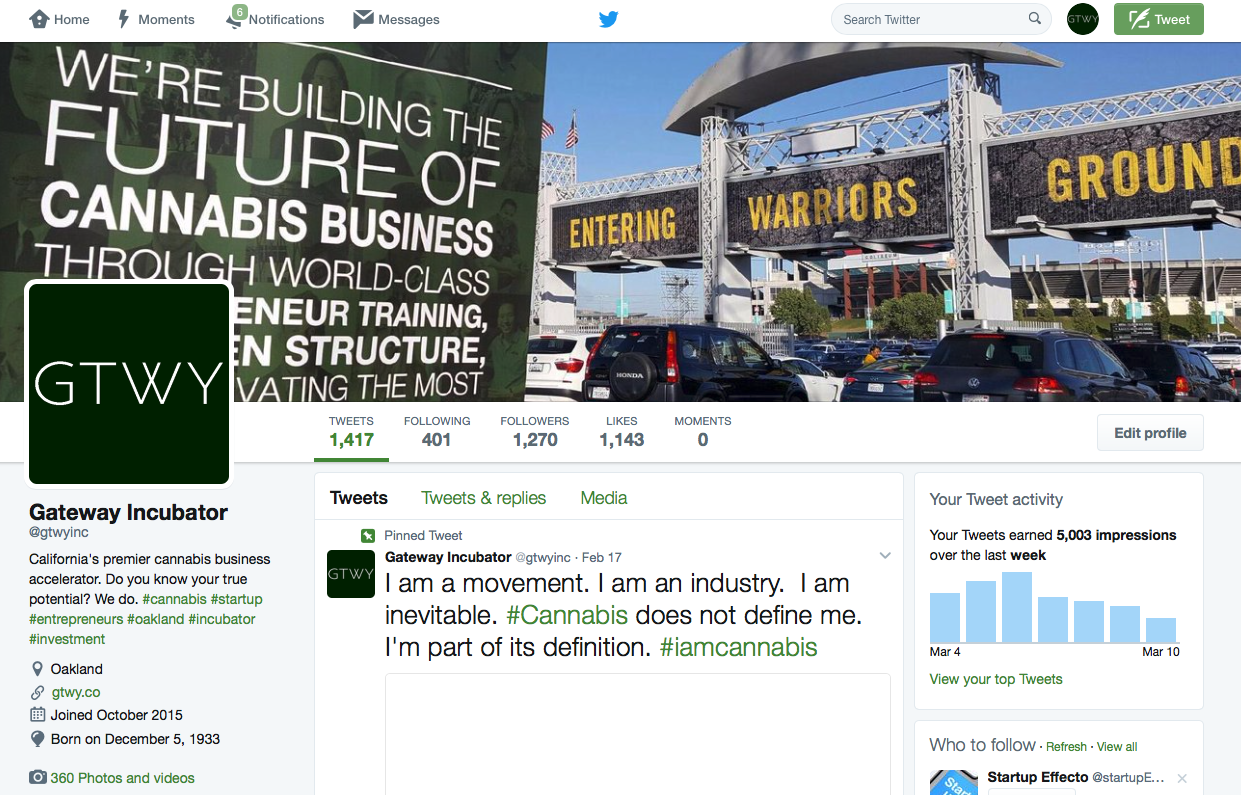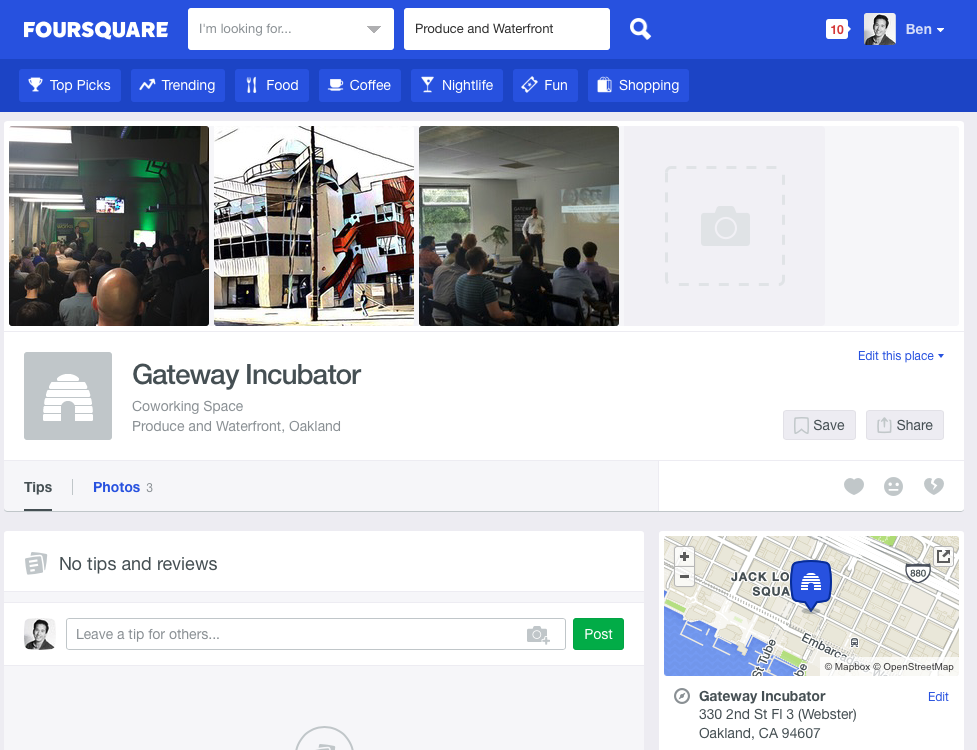JUST DO IT!
Spending a bit of time to execute on your online brand can go a long way. It can mean the difference between you landing customers, getting press, building your team ... and not. Below are the bare basics of what you should be doing. If you've done the work to set your brand foundation, have designed a decent logo or word mark, are armed with a cursory knowledge of Photoshop (learn it), this should really not take you much time at all.
BASIC TOOLS
TO GET YOU
STARTED
Let's face it, most of us are not designers. In fact, even if you call yourself a designer, chances are that a hustler that has the foresight to set distinct parameters and use the right tools can smoke you (no offense). Here are some things to consider before getting started. They can save you big bucks!
Squarespace
Build it. Beautiful.™ Their slogan says it all. What it doesn't say is that you can do it quite easily, quickly, and it can save you tens of thousands of dollars. Yes, this site is built on Squarespace and most of it was done in a weekend. We are not getting paid to say this.
Photoshop
Buy it. Learn it. Love it. Tons of online tutorials, and with their new subscription model, it's an approachable price. Alternatively, come work out of Gateway Works and use our in-house design station. You'll be able to quickly whip up marketing materials and images.
HIGH SCHOOL ENGLISH and GRAMMAR
The world is chock-full of grammar nazis - present company included (was that the correct use of a dash?). Don't do your brand a disservice by repelling your audience with something completely unavoidable. At the very least, have a friend proofread your copy.
DESIGN GUIDELINES
Consistent colors, fonts, capitalization, and logo usage create a greater sense of professionalism and will prevent our eyes from bleeding. A designer may charge you $5,000 to do this. When you're just getting started, that money can be used for a lot of other things. Sit down and define your parameters. It makes things easier in the future when you're designing collateral. Consistency is key!
Extra Credit
If you're looking to dive deeper into design and brand management, consider the following:
- Adobe Illustrator is great for those beautiful vector graphics that can be scaled infinitely, which is important when designing posters or t-shirts. The learning curve is a bit steeper here, and a lot of service providers can actually help you get what you need.
PRESS
KIT
The press kit is a very helpful tool where you can place all the material you want floating out there in the world. You can literally put words into the mouths of reporters and graphics into their articles. We have a secondary link at the bottom of our website going to it, but you can see ours here. Here's a non-exhaustive list of what you should consider:
- Company Description: If you could have a reporter write a glowing description of what it is that you do, what would it say? Make the first sentence succinct and bold. You will be surprised at how much this gets used.
- Founding Team: Identify the founders and provide links to their social accounts (LinkedIn, Twitter, etc.). You can even provide brief bios on key team members.
- Press Contact: Have a single point of contact clearly identified.
- Social Media Links: Have them clearly identified (hyperlinked logos).
- Company Details: A bulleted list of what defines and differentiates your company.
- Press Coverage: If you're lucky enough to have some, a little social proof is great.
- Videos & Photos: Get some high quality photos and videos of your team and/or your product. When uploading them, use clear descriptors of what is in the image in the file name, alt text, etc. It will make them searchable.
- Logo Variations: You should have a transparent logo for light backgrounds, transparent logo for dark backgrounds, logo on a colored background of your choice, your logo floating over a beautiful image that you have the rights to use. They will be searched for. They will be used. Consider this when naming the files. It helps.
Example: gateway_transparent_logo_white.png
These various accounts are generally placed in order of importance, but it varies for the different types of companies and products that you have, and whether you'll be raising venture capital or not.
SEO is still king, and Google is still king of search engines. Whether they admit it or not, information held in Google accounts
- Profile Photo (consider icon sizing)
- Description
- Photos
- Address (if applicable)
- Google+ (Yes, it still exists)
- Link to other accounts
- Link to website
- Profile Photo (consider icon sizing)
- Header Image (template to come)
- Description
- Consider linking to other accounts
- Link to website
- LINK TEAM PROFILES
- Profile Photo (consider icon sizing)
- Header Image (template to come)
- Description
- Consider linking to other accounts
- Link to website
- Profile Photo (consider icon sizing)
- Header Image (template to come)
- Description
- Consider linking to other accounts
- Link to website
- Profile Photo (consider icon sizing)
- Description
- Consider linking to other accounts
- Link to website
CRUNCHBASE
- Profile Photo (consider icon sizing)
- Description
- Consider linking to other accounts
- Link to website
ANGEL LIST
- Profile Photo (consider icon sizing)
- Description
- Consider linking to other accounts
- Link to website
- DO NOT SAY THAT YOU'RE RAISING MONEY
Foursquare
- I honestly don't know if anyone uses Foursquare anymore, but it is still surprisingly used as a backend for checking-in on Twitter. Good to promote if you have a physical location.















